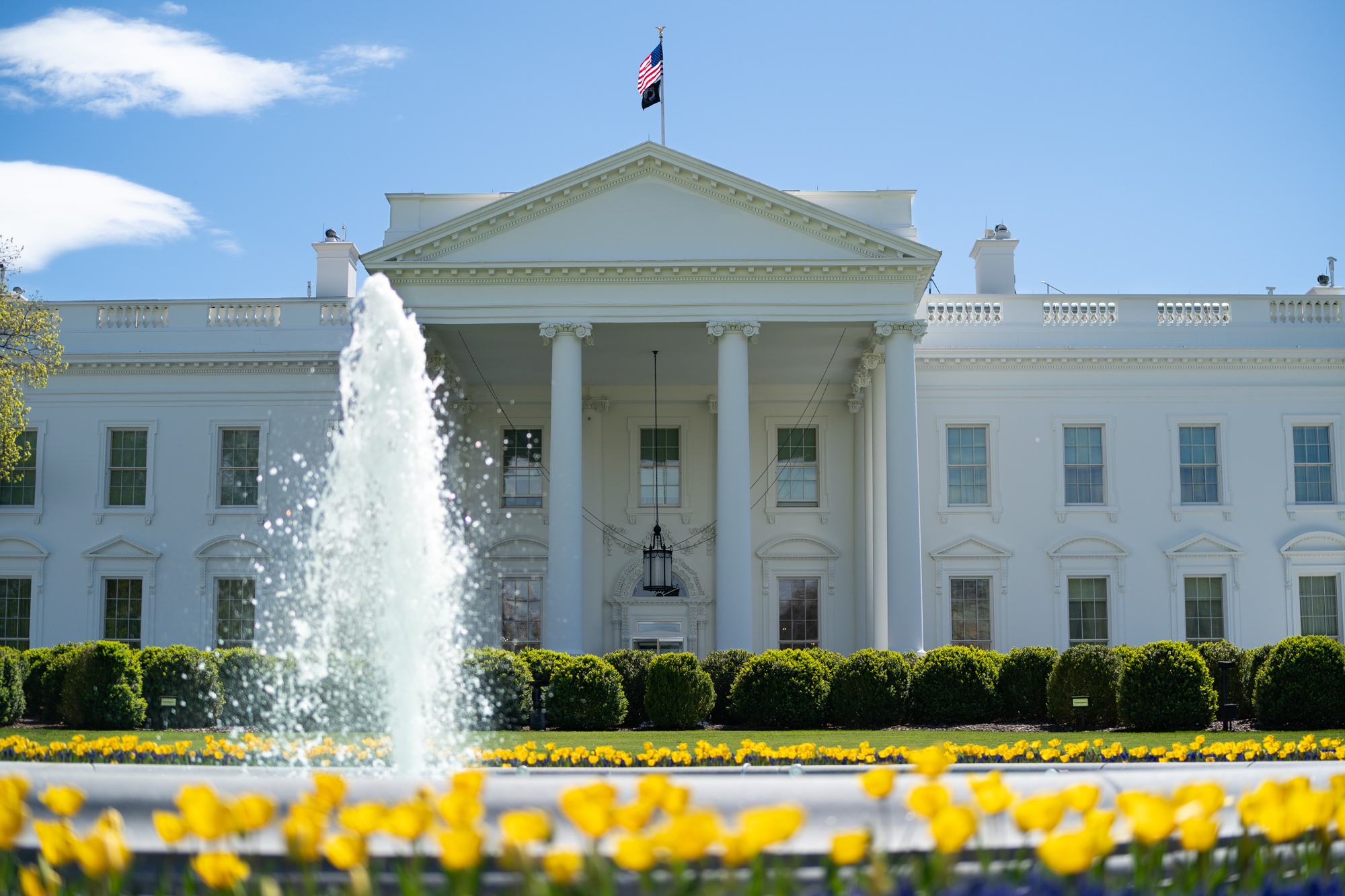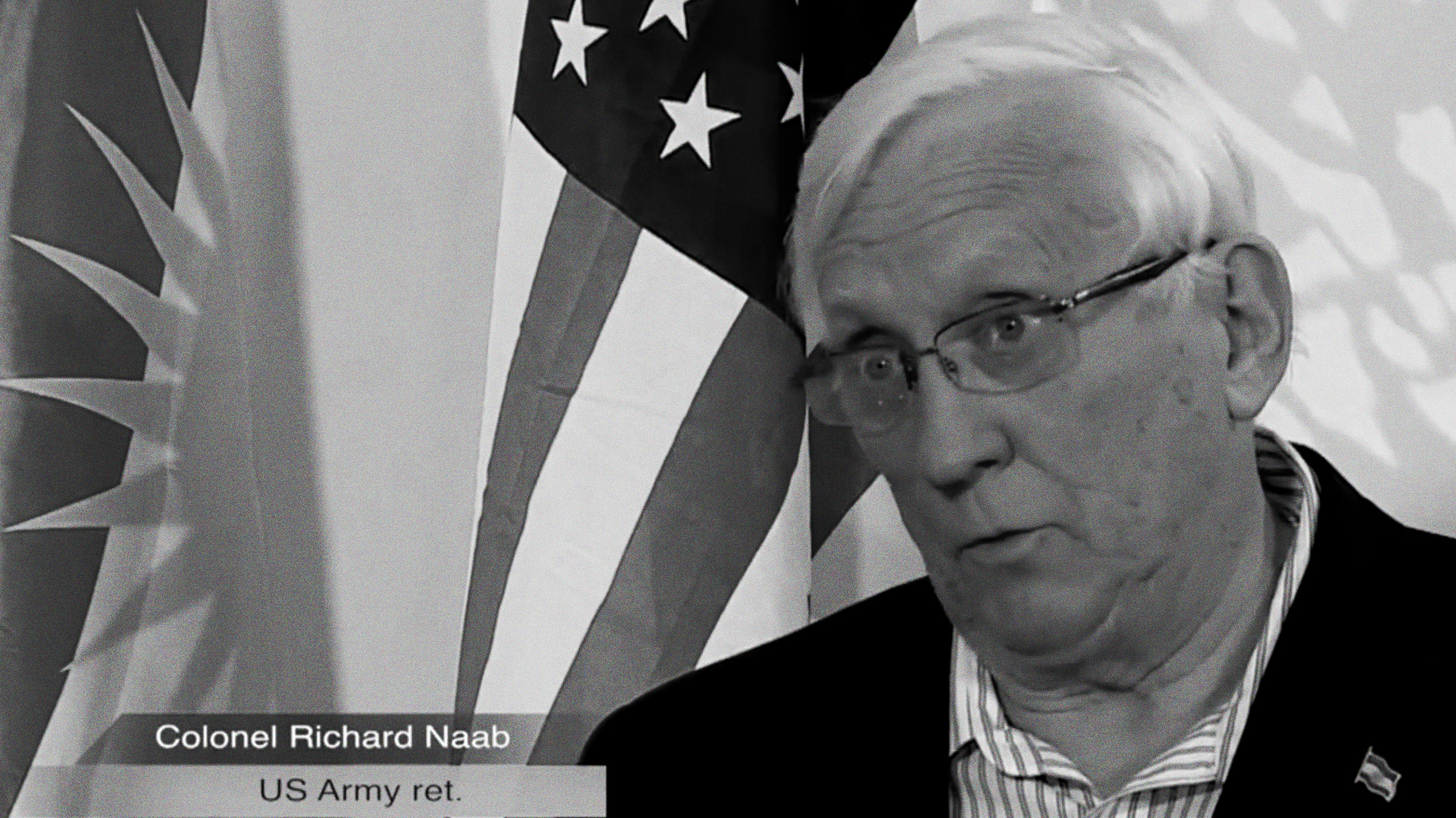The $100bn deal sparking fears the AI bubble is about to burst

At the height of the dotcom bubble in 2000, AOL was one of the world’s hottest companies. The internet pioneer had brought the web to millions of American households, and its advertising revenue was doubling year over year.
In a bullish sign of the web’s future, AOL announced a $360bn (£266bn) merger with media firm Time Warner – the biggest deal in American history.
It would take years after the bubble burst to discover the truth of AOL’s meteoric rise. In 2005, American regulators charged the company with propping up its revenues by using fraudulent “round-trip” transactions in which it secretly paid its customers to buy AOL advertising.
“The company effectively funded its own online advertising revenue,” prosecutors said.
AOL paid a $300m penalty to settle the claims.
These circular deals were a common feature of the dotcom bubble. Telecoms and software companies paid each other to finance new networks and boost sales, boosting revenue and maintaining the illusion of growth – until the bubble finally burst.
A quarter of a century later, sceptics of the artificial intelligence (AI) movement claim to be observing similar patterns and suggest a new bubble could be inflating.
Spending spree
On Monday, Nvidia, the semiconductor giant which has become the world’s most valuable company on the back of the AI boom, said it would invest $100bn in OpenAI, the AI company behind ChatGPT.
Much of the cash could ultimately flow back to Nvidia: the deal also includes plans for OpenAI to spend billions on data centres likely to be filled with Nvidia’s chips.
The investment will come in stages, with Nvidia investing more cash as OpenAI spends more.
An Nvidia spokesman says the company was not giving OpenAI money to buy its products and that the deal was an investment opportunity. There is no suggestion that the deal is untoward. However, analysts concede that it will raise eyebrows.
Stacy Rasgon, of equity research firm Bernstein, says the agreement “will clearly fuel ‘circular’ concerns … and – perhaps justifiably – raise concerns over the rationale behind the action”.
Vivek Arya, at Bank of America, says: “The optics of such a large investment in a customer will raise questions until Nvidia clarifies the appropriate accounting treatment.”
Nvidia’s $100bn deal is the biggest of the AI boom, but it is hardly the only relationship that has drawn questions.
Earlier this month, Oracle billionaire Larry Ellison briefly became the world’s richest man on news of a $300bn deal with OpenAI that will involve copious purchases of Nvidia chips.
The deal effectively sees OpenAI pay Oracle to spend money with Nvidia. Memes shared online on Tuesday suggested the three companies had invented an “infinite money glitch” – a situation in which a bug is exploited to create limitless funds.
The AI boom that has turbocharged stock market valuations is replete with mutual deals. Amazon has invested billions in OpenAI rival Anthropic, which largely uses Amazon’s data centres to train its systems.
Nvidia has backed a string of AI start-ups, saying last week that it planned to put $500m into British AI companies Wayve and Nscale, both of which rely on its chips.
ASML, the Dutch tech company whose machines are crucial to microchip manufacturing, said earlier this month that it would invest €1.3bn (£1.1bn) in French AI start-up Mistral.
The investments have led to an astonishing investment boom as AI companies pour money into data centres and the chips that power them. According to Gartner, spending on data centres will climb by 42pc this year to $474.8bn.
The spending spree is big enough to affect the direction of economies. Analysts at Deutsche Bank say the US “would be close to, or in, recession this year” without the data centre boom.
“AI machines – in quite a literal sense – appear to be saving the US economy right now,” they added.
The extraordinary outlay may be unsurprising, given the technology’s lofty promises. Sam Altman, OpenAI’s chief executive, said on Tuesday that 10 gigawatts of computing power – the level promised as part of the Nvidia investment – might allow AI to cure cancer.
‘Hope and pray’
But any financial return on the investment seems a distant prospect.
OpenAI’s revenues are $12bn on an annual basis. S&P predicts that worldwide revenues from generative AI, across all companies, will be $30bn this year. This is set to hit $85bn by 2029, but still well below the cost of investment.
“Way too much is being spent on AI infrastructure, given that the market for AI products and services is still at a hope and pray stage,” says Aswath Damodaran, a finance professor at New York University.
According to the management consultancy Bain, even under a rosy scenario for AI adoption in which the technology replaces huge portions of companies’ sales, marketing and R&D budgets by 2030, revenues would be $800bn below where they need to be to fund projected infrastructure spending.
And that rosy scenario may not materialise. Last month, researchers at the Massachusetts Institute of Technology said that 95pc of organisations that had deployed AI were seeing “zero return”. The study set off a brief market panic that knocked $1tn off US tech stocks.
This week, researchers at Stanford and the consulting firm BetterUp Labs found that AI may actually be harming productivity. The study found that office workers were using AI to generate large quantities of “workslop” – presentations and reports that are polished but lack any real substance. Colleagues must then spend hours fixing this rubbish.
Dom Rizzo, a tech portfolio manager at investment firm T Rowe Price, disagrees.
“AI has the potential to be the biggest productivity enhancer for the global economy since electricity,” he says. However, he adds that “productivity cycles historically are accompanied by speculative bubbles”.
Rizzo says the new round of circular deals as well as an explosion in debt used to finance data centres suggest we are entering “the next phase of the bubble”.
Such deals have been common features of previous market manias, from Ireland’s Celtic Tiger property boom to the rise in energy trading at the start of the millennium, which collapsed alongside Enron.
Altman has himself warned of an AI bubble. “Are we in a phase where investors as a whole are overexcited about AI? My opinion is yes,” he said last month.
Not everybody is so worried. Dan Ives, a Wall Street analyst famous for his relentlessly positive forecasts, called the Nvidia deal a watershed moment.
“While there are worries about an ‘AI bubble’ and stretched valuations, we continue to view this as a 1996 moment for the tech world and NOT a 1999 moment,” he said.
In which case, set your watches for 2028.
[Source: Daily Telegraph]





































/file/attachments/2984/kevin_927177_ac6b66996c6681fa673210c6013a08c2.jpg)



















